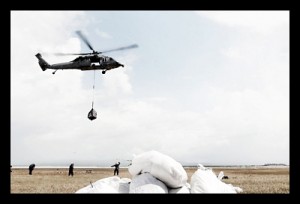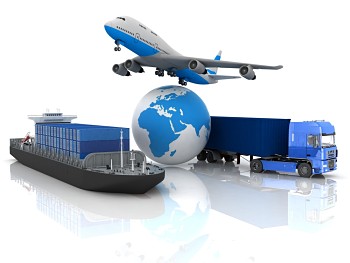
At least 65 representative-elects and senator-elects joined the 117th Congress in January 2021 to serve with a president who wants to “bring aid back to the center of our foreign policy.” The next two years could represent a sea of change in the U.S.’s approach to foreign policy and foreign aid under an administration committed to global development. Several new representatives want to increase foreign aid and improve the U.S.’s approach to peacekeeping and diplomacy. Here are four new members of the 117th Congress who could shape the U.S.’s approach to foreign aid.
4 New Members of the 117th Congress
- Sara Jacobs (CA-53) served as a policy advisor to the Hillary Clinton 2016 Presidential Campaign. Jacobs has worked to end child poverty through her nonprofit San Diego For Every Child. Jacobs was elected to represent California’s 53rd district in the U.S. House of Representatives. The Foreign Policy for America Action Network, a non-partisan advocacy organization that promotes safe foreign policy and endorses a slate of candidates each cycle who are believed to serve on key committees or lead on key legislation, endorsed Jacobs. The organization stated that she is ready to tackle issues such as immigration reform and global health on day one. According to Jacobs’ website, she supports protecting and maintaining current funding levels for USAID. However, she also supports properly funding the State Department and USAID to maximize efficiency.
- Mondaire Jones (NY-17) has worked in the Department of Justice and provided legal counsel with the Legal Aid Society. When inaugurated, he and fellow New York Representative-elect Ritchie Torres will be the first openly gay Black men in Congress. Jones promotes a “Diplomacy-First” foreign policy, sharing the belief that if the U.S. can dedicate more funding to foreign aid. He has criticized budget cuts to USAID (the president’s Fiscal Year (FY) 2020 budget provided $41 billion for USAID, as opposed to $50 billion in the FY 2016 budget) and plans to push for reinvestment in the State Department to allow the U.S. to take initiatives in humanitarian efforts. According to his website, Jones supports redirecting funds designated for conflict and weapons sales toward aid and promoting peace and development in foreign countries.
- Jake Auchincloss (MA-4), a former city councilor, was recently elected to the district formerly held by Joseph Kennedy III. With an extensive background in foreign policy and service in Panama and Afghanistan, Auchincloss supports a nuanced apportionment of foreign aid. Auchincloss advocates for a recommitment to “the types of foreign aid programs that strengthened America’s alliances and improved our security in the 20th century.” He supports continued aid to countries like Iraq in combatting COVID-19 and terrorism, and he wants the U.S. to commit to increasing foreign aid. Like The Borgen Project, he believes that foreign aid is a national security asset to the U.S.
- In June, Jamaal Bowman (NY-16), a Bronx middle school principal, defeated 16-term incumbent Eliot Engel. Bowman has emphasized the necessity for a foreign policy that gives voice to developing nations, particularly in Africa, as those countries emerge as world leaders on the global market. Bowman also supports a new Marshall Plan, which lent assistance to Europe after World War II. This new Marshall Plan put forward by Representative Joaquin Castro (TX-20) is meant to address the economic and social disparities in Central America that have led to mass migration, poverty and violence. By addressing the root causes of these issues, Bowman believes the U.S. can help millions of vulnerable people.
A Look to the Future
Jacobs, Jones, Auchincloss and Bowman have come out in favor of innovative solutions to addressing global poverty. However, any of the new members of the 117th Congress could advance the U.S.’s approach to foreign aid. The bold approaches put forth by some of these representatives have the potential to set a standard for the future of U.S. foreign aid as Congress takes on the COVID-19 pandemic and faces a changing foreign and economic landscape.
– Kieran Graulich
Photo: Flickr
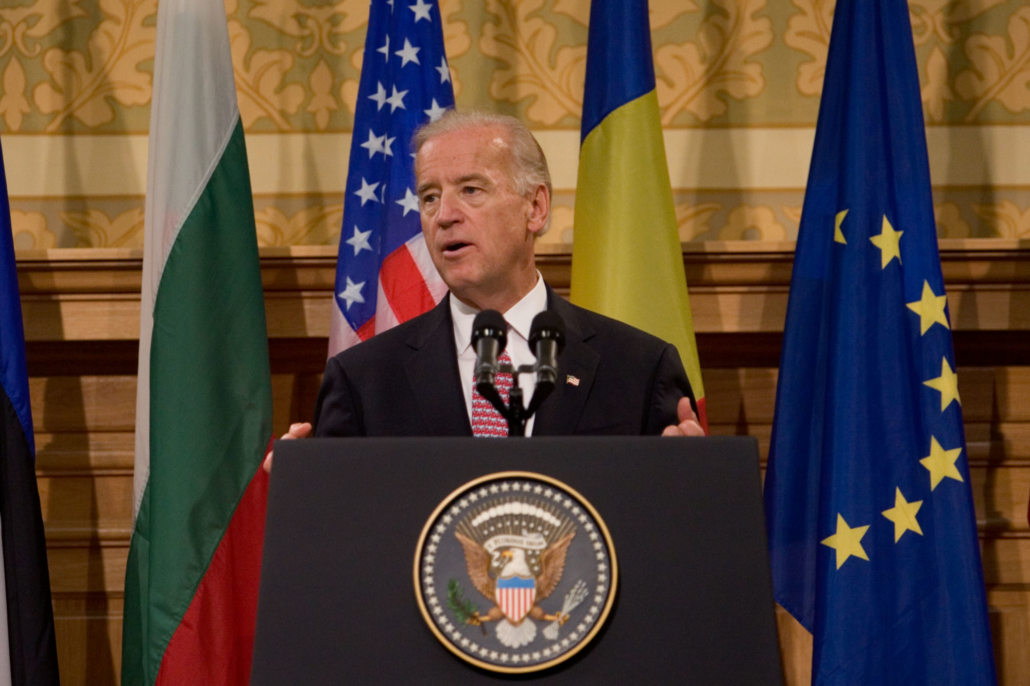
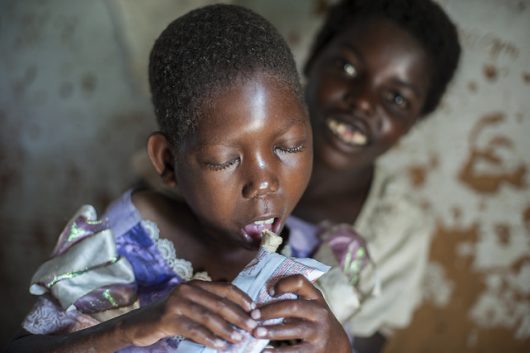
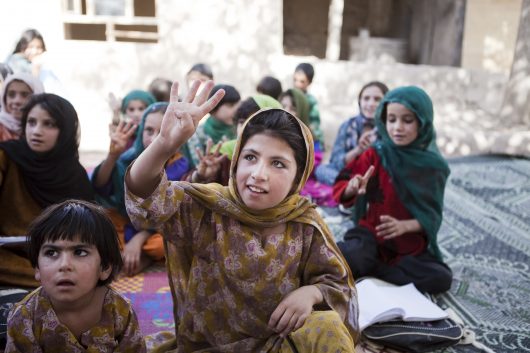 Improving the education of children has immense benefits. More educated societies normally have better economies, since education strongly determines employability. The life expectancy of more educated societies is also higher. Additionally, increased education encourages stronger political involvement and community service. The education of children affects what kind of life young people will have as adults.
Improving the education of children has immense benefits. More educated societies normally have better economies, since education strongly determines employability. The life expectancy of more educated societies is also higher. Additionally, increased education encourages stronger political involvement and community service. The education of children affects what kind of life young people will have as adults.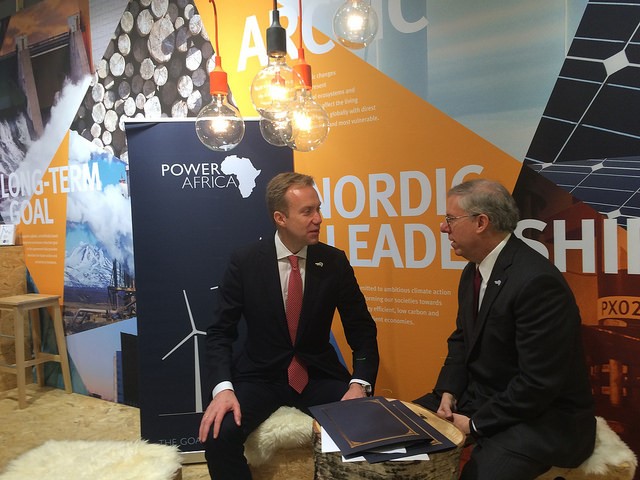
 Though the specific goals of U.S. foreign policy have varied with different administrations, the United States’ experience with isolationism in the twentieth century has ushered in a new and more active form of foreign policy. The U.S. Department of State declares that the focus of foreign policy is the promotion of human rights, based upon the content of the 1948 Universal Declaration of Human Rights. To advance the well-being of foreign nations, the Department of State website states that U.S. foreign policy seeks to secure peace, strengthen democracies, fight crime and corruption and “prevent humanitarian crises,” among other goals.
Though the specific goals of U.S. foreign policy have varied with different administrations, the United States’ experience with isolationism in the twentieth century has ushered in a new and more active form of foreign policy. The U.S. Department of State declares that the focus of foreign policy is the promotion of human rights, based upon the content of the 1948 Universal Declaration of Human Rights. To advance the well-being of foreign nations, the Department of State website states that U.S. foreign policy seeks to secure peace, strengthen democracies, fight crime and corruption and “prevent humanitarian crises,” among other goals.
